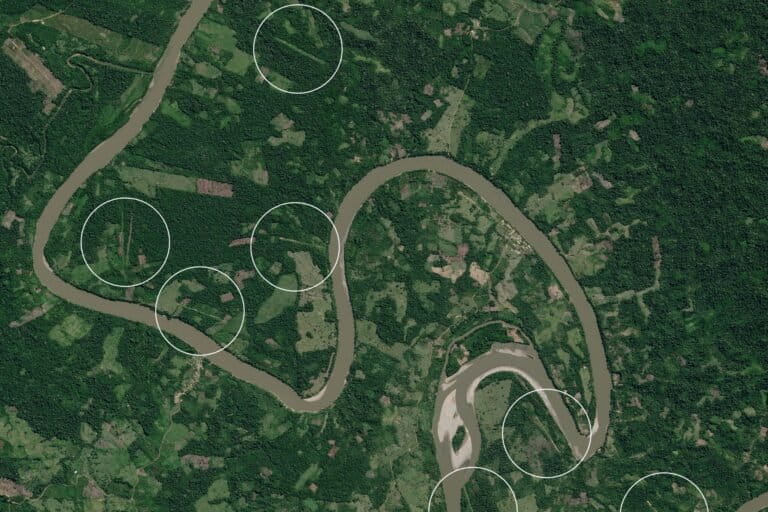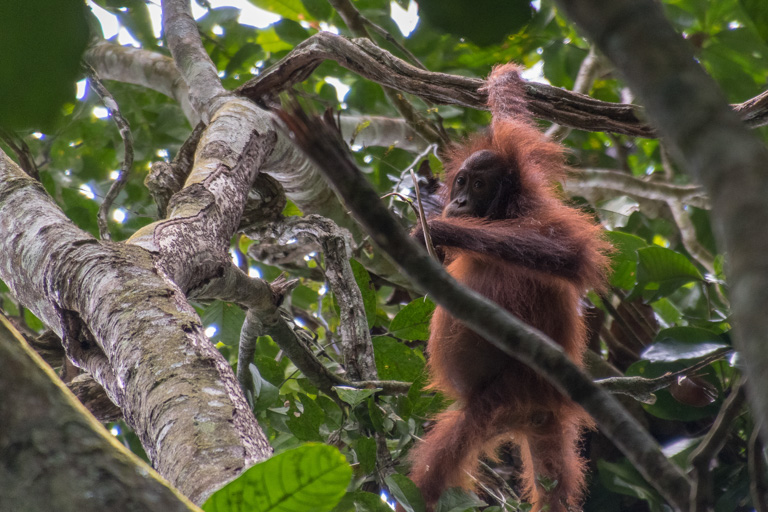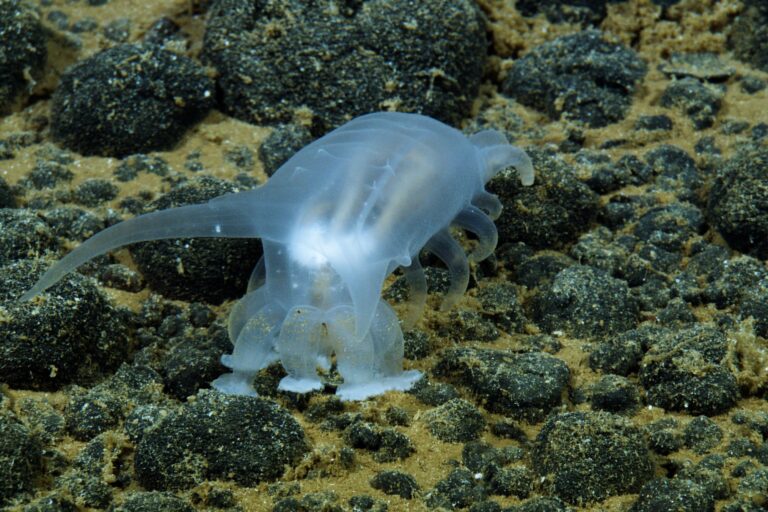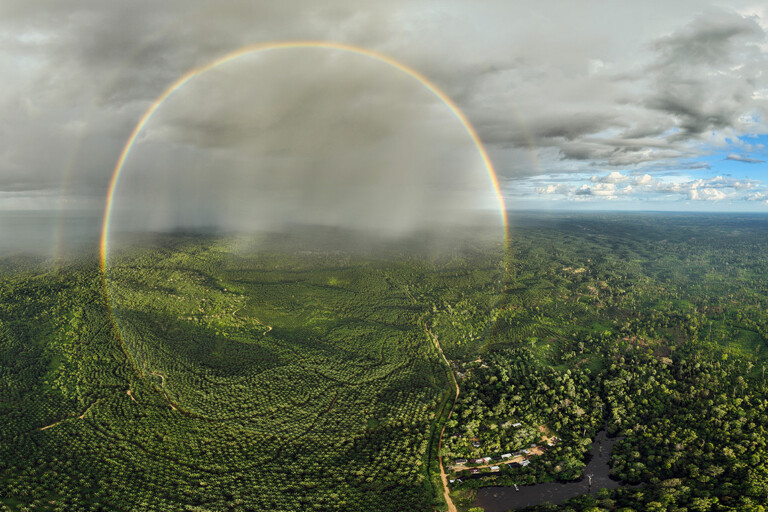- In October, the U.S. National Oceanic and Atmospheric Administration announced that the third —and worst — global coral bleaching event in history was underway, caused by record high sea temperatures due to a strong El Niño combined with global warming.
- Australian scientists surveyed the Great Barrier Reef for damage in March, ranking the bleaching event at the most severe level, with up to 60 percent of corals affected in some places.
- Sea temperatures are starting to drop with the onset of fall, which means the worst of the bleaching is over. But researchers predict heavy loss of coral and an uncertain recovery.
- Critics say measures the government is taking to respond to the current bleaching and to protect the reef are inadequate and fail to address the root cause: climate change.
Ninety nine percent of 500 coral reefs surveyed in the Australian Great Barrier Reef’s pristine north are being hit by a global bleaching event that’s already slammed reefs in the Pacific islands of Hawaii, Vanuatu, American Samoa, and Fiji, as well as parts of the Caribbean, Florida Keys, and Indian Ocean.
The Great Barrier Reef’s aerial survey team reports it’s the worst mass-bleaching event in the reef’s history.
Scientists in the water have recorded coral mortalities of up to 50 percent in some areas, with reefs around ecotourism destination Lizard Island among the worst hit. The island had average sea surface temperatures of 33 degrees Celsius (91 degrees Fahrenheit) during February.
The Great Barrier Reef Marine Park Authority (GBRMPA) ranked the bleaching event at the most severe level, Incident Response Level 3, which indicates “severe regional bleaching or moderate or severe widespread bleaching.”
“Every reef except four in 1,300 kilometers are bleached and most of them are bleached in the most extreme category, which is more than 60 percent of the corals are bleached,” reef scientist Terry Hughes of James Cook University, who is leading the aerial and sea surveys, told Mongabay. He added that reefs with 60 percent or more bleaching would have “heavy mortality.”
“There’s a huge hit happening in the northern reef. It’s like 50 cyclones happening in the same week,” he said.
Starting March 22, aerial surveys flew a total of 4,000 kilometers (2,500 miles) to survey 500 reefs from Cooktown in Queensland’s north to Papua New Guinea. A second mission flew further south from Cairns to Townsville looking for the southern limit of the bleaching. Hughes told Mongabay the surveys will continue south next week until they find where the bleaching stops.
The bleaching is not predicted to worsen because the ocean temperature has started to drop with the onset of fall.
In October, the U.S. National Oceanic and Atmospheric Administration (NOAA) announced that the third global mass-bleaching event in history was underway. The event, which started in 2014, is caused by record high global sea temperatures due to a strong El Niño combined with global warming.
Hughes convened Australia’s National Coral Bleaching Taskforce, comprising 10 research institutions, in November in response to the forecasted arrival of bleaching in the Great Barrier Reef. For the monitoring, the taskforce had to charter planes, helicopters, and boats because “budget cuts had curtailed the GBRMPA’s capacity,” Hughes told Mongabay.

The Great Barrier Reef extends for 2,300 kilometers (1,400 miles) along Australia’s northeastern coast. In the world’s first global bleaching event in 1998, 5 to 10 percent of the Great Barrier Reef’s coral died. The reef was spared the impacts of the second global bleaching event in 2010. This is the worst event so far.
Coral bleaching is caused by water temperatures rising over one or two degrees Celsius above the seasonal average. With global sea temperature in 2015 and 2016 at record-breaking levels, water temperatures in the Great Barrier Reef have persisted at 1.35 degrees Celsius (2.4 degrees Fahrenheit) above average since January.
When a coral bleaches the algae that gives the coral its color leaves. If the temperature drops the algae return after a few months. If high temperatures persist the coral dies and falls away from its skeleton.
Reports from the reef
The Cairns office of seafood company M.G. Kailis employs divers to hand catch tropical rock lobsters along the whole northern section of the Great Barrier Reef. The manager, Brett Arlidge, told Mongabay the bleaching is “reasonably serious.”
Two of his skippers working north of Cooktown have reported patches of bleaching, he said: “More than they’ve seen before and in places where they haven’t seen it before.”


However, he said his business hasn’t been affected yet nor was it by the previous global bleaching events. “At this point I don’t see it affecting the industry or the abundance of rock lobster,” Arlidge said.
Tony Fontes is the spokesperson for GBR Divers, a group of diving professionals who advocate for the reef. He said the bleaching is bad news for diving companies in the northern section of the reef.
“The Cairns operators have lost their local dive sites. Lizard Island had terrible bleaching, the worst they’ve ever seen.”
He told Mongabay there’s patchy bleaching along the central and southern section of the reef from Cooktown to Gladstone, but it has only affected southern reef diving operators in a small way.
The southern part of the reef has so far been spared severe bleaching as localized cloud and rain helped drop water temperatures and reduce light stress.
Peter Gash, manager of Lady Elliot Island Eco Resort east of Gladstone in the southern reef told Mongabay the bleaching hasn’t reached as far south as Lady Elliot. “We are all optimistic but everyone is starting to realize what the reef is telling us,” he said.

The reef’s pre-existing condition
David Suggett, a coral researcher at the University of Technology of Sydney, told Mongabay that Response Level 3 means that the most temperature-sensitive corals, like colorful branching and table corals, are likely already dead in the north. The warm water is probably starting to affect even the most tolerant massive boulder corals, he said.
The loss of coral cover by 30 percent over the last few decades shows the reef’s health was weakened even before the current spike in water temperature, and thus more susceptible to bleaching.
The biggest source of pressure on the reef’s health and resilience to bleaching events is an explosion of the crown of thorns starfish (Acanthaster planci), a voracious coral predator, Suggett said. “Crown of thorns outbreaks are tied to land use practices and pollutants flowing down onto the reef,” he added.

“Ever since the first reports of the El Niño becoming this Godzilla El Niño nearly a year ago, all eyes were on the remote sensing products that we have for monitoring sea surface temperature,” Suggett said.
Data from NOAA’s sea-surface-temperature tracking and satellite devices have been critical to alerting coral experts in Australia and around the world of the threats.
A muted emergency response
Monitoring affected reefs is critical so researchers can learn how to manage bleaching events in the future, Suggett said. But in this case it also enabled the GBRMPA to alert the federal and Queensland governments to implement emergency measures. These call for urgently improving water quality in the short term by minimizing damaging industry and land use practices and in the long term reducing those practices.
Federal Environment Minister Greg Hunt announced on March 15 that the ministry would provide $80,000 in emergency funds, which Suggett said University of Queensland scientists will use to intensively monitor and image the reef to gauge the coral’s recovery after the high temperatures abate.
During recovery, coral is more prone to higher than average sea surface temperatures and disease. Researchers found coral disease in 9 percent of surveys they conducted at the beginning of summer before the bleaching took hold, according to a GBRMPA statement.
Given the speed at which global warming is proceeding, improving the reef’s resiliency during its recovery from this event will be critical. The GBRMPA points to the crown of thorns starfish control program, which removed 6,200 starfish from 25 reefs this summer, as a key strategy.
The Queensland Agriculture and Fisheries Department also has a plan for fisheries to minimize their impact on coral reefs that are showing signs of stress by voluntarily restricting harvests, a department spokesperson told Mongabay.
If a lot of coral dies, Fontes of GBR Divers said restrictions that have only applied to fishers in the past could be broadened to include divers and other reef users.
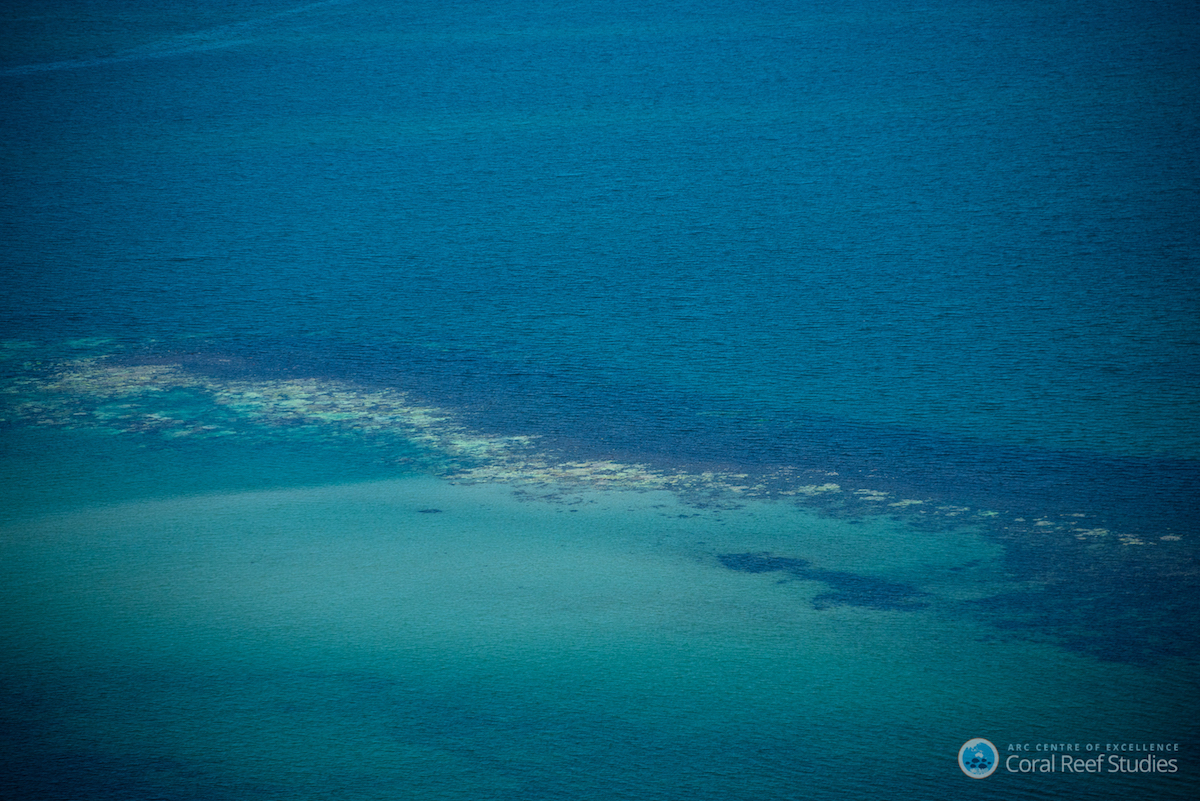
He, Suggett, and other reef observers believe the bleaching event is a stark warning that the government needs to take stronger measures to protect the reef by reducing carbon dioxide emissions.
Fontes is angry that the Queensland government has greenlighted development of the Adani coal mine on the doorstep of the Great Barrier Reef roughly an hour drive from the coast. “The federal government has decided it’s more important to have coal than coral,” he said.
Hughes struck a similar note. “So far all [the Environment Ministry] have done is offer a little bit more money to do more monitoring to take photographs of dead corals in September. My opinion is that an appropriate response would be to do something about climate change,” he said, voicing support for rescinding the Adani coal mine permit.
According to Hughes, the Australian government missed the mark in developing what it calls the 2050 Reef Plan to address threats to the Great Barrier Reef. He said the plan “completely ignores climate change” which the government has repeatedly identified as the number one threat to the reef, while focusing instead on improving water quality.
“The tragedy with this current bleaching event, which is the biggest we’ve ever seen, is that it’s the northern most part of the reef, the most pristine part, the part that has no issues with runoff, that’s being fried,” he said. “So fixing water quality is good for its own sake but it’s not going to climate-proof the reef.”








